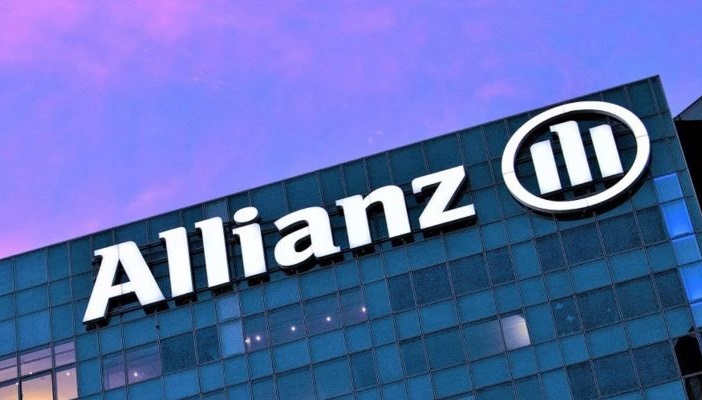The Swiss continue to live on an island of monetary stability. In May 2023, they recorded an inflation rate of only 2.2%. In contrast, inflation rates in Germany and Austria are almost three and four times as high, at 6.1% and 8.8%, respectively. Where does this great divergence in the price increases of the neighboring Alpine states come from? And why are perceived and actual inflation currently as far apart as they last were when the euro was introduced more than 20 years ago? The latest analysis by Allianz Trade, the world’s leading credit insurer, has examined the drivers of the divergent developments.
“There is a wide gap between perceived and actual inflation, especially in Germany,” says Jasmin Groeschl, Senior Economist at Allianz Trade. “Perceived inflation in the eurozone is almost three times as high: it was recently close to 17%, about a whopping 9 percentage points (pp) higher than the actual inflation rate this quarter. In Germany, the divergence of perceived inflation of more than 18% was as high as 11p. This is not insignificant, because perceived inflation strongly influences consumers’ actions, for example in their purchasing behaviour. So this discrepancy plays an important role especially for the economy and businesses and for interest rate policy.”
There are several reasons for the discrepancy. Consumers, for example, pay more attention to price changes for frequent purchases such as food and beverages, fuel or other supermarket purchases. If the prices there rise above average, people tend to perceive a much higher inflation. But psychological aspects, demographic and regional differences, and individual consumer behaviour can also cause consumers to judge price increases differently than the official inflation measure. This creates a distorted picture and a strong discrepancy between perceived and actual inflation.
Heterogeneous: Inflation rates in Europe far from uniform
But it is not only in the perception of inflation that there are many differences – in Europe, as well as in the German-speaking countries specifically, inflation rates diverge widely. The inflation rate in the EU recently averaged over 8%. In the Eurozone, the inflation rate in May was 6.1% compared to the previous year. However, inflation varies greatly from country to country. In May 2023, it ranged from 2.8% in Greece to 13.0% in Poland and 21.5% in Hungary.
“Key factors in inflation are geographical proximity to Russia, dependence on energy and food imports, government intervention to lower individual prices and the strength of the respective currency,” says Groeschl.
Germany: energy dependence, political measures, weak currency
In Germany, all factors that influence the inflation rate come into play: the high dependence on energy imports from Russia caused the energy price bill to rise sharply. The German government has countered this with electricity and gas price brakes. In the eurozone, a weak euro against the dollar has increased inflation as commodities such as oil or gas, which are traded in dollars, have become more expensive. In recent weeks and months, Germany has benefited from the stronger euro due to the ECB’s interest rate hikes. Producer and wholesale prices have therefore fallen since autumn 2022, which will dampen inflation with a certain lag.
Austria at the inflation summit in alpine comparison
The fact that Austria has higher inflation than its German neighbours is by no means new – but the gap is currently higher than in recent decades. Part of the explanation is the difference in the basket of goods: Austria has a strong tourism sector, in which investments in higher quality have recently led to a strong price increase. Since the tourism sector has almost three times the weight in the basket of harmonised consumer prices in Austria than in Germany, it thus determines the higher inflation rates. However, the difference also persists in government support measures. In Germany, the fuel discount, the 9-euro ticket and now the 49-euro ticket had a dampening effect on inflation. In Austria, on the other hand, prices rose particularly sharply after the end of the much stronger and longer VAT reduction.
Switzerland, meanwhile, benefits from the long-standing strength of the Swiss franc, which dampens inflation via import prices and the different consumption structure due to the higher income level in Switzerland. In addition, Switzerland is largely self-sufficient in hydroelectric and nuclear power and imports very little food. Moreover, fluctuations in food prices on the world market are regulated by variable tariffs that protect domestic producers and consumers alike. As a result, many goods are more expensive in Switzerland, but prices are less volatile.
Source – Allianz
